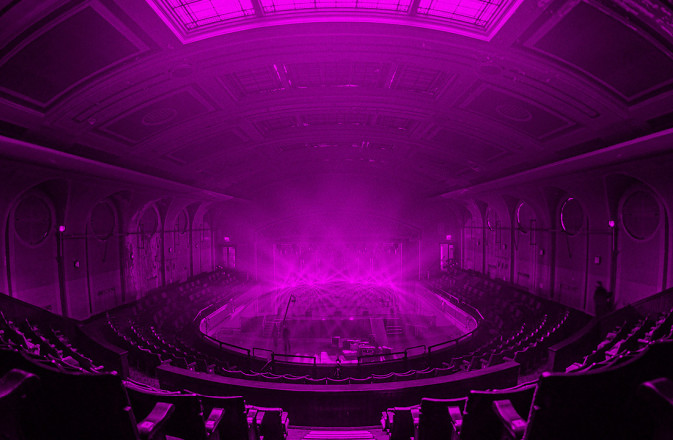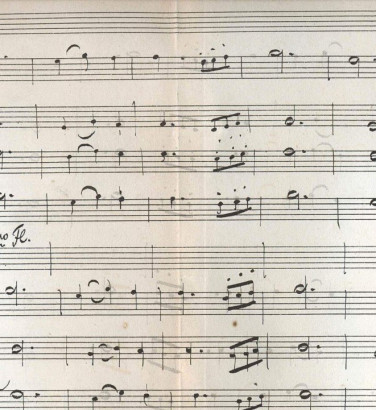
The (remarkably small) world of musical signatures
10 Dec 2022
News Story
With musical notes being represented by letters in many cultures, it is not surprising that composers should be tempted to transcribe their names into music. The majority, however, quickly find themselves hampered by some pretty severe restrictions ...
In the English-speaking world, we can match the first eight letters of the alphabet, A to G, to corresponding musical notes. German speakers have a small advantage in having an extra letter: slightly confusingly, H represents B natural, B itself denoting B flat. On top of this, they use the suffixes -is and -es to indicate sharpened or flattened notes, up and down a semitone respectively. The letters fis can therefore be transcribed to the single note of F sharp, or des to D flat.
JS Bach is far and away the best-known composer to have a recognisable signature along these lines – his surname being transliterated as B flat-A-C-B natural – and made use of it in a number of his works, perhaps most significantly in The Art of Fugue.
Another 150 years or so would pass before another composer saw the potential in their musical signature, but there was at least one missed opportunity in this period - from one of Bach's own sons, no less. Carl Philipp Emmanuel Bach wrote one solitary piece based on the sequence C-F-E-B flat-A-C-B natural (formed by using the Italian form of his second name, Filippo, as part of his initials), but it remained unpublished, suggesting minimal interest on his part. Considering it's one of the better musical signatures out there, with a melodic flow that others can only dream of, it's very tempting to wonder what his father would have made of it.
The possibilities of the (shorter) BACH motif were explored by many 19th century composers, their imaginations sparked by the revival of interest in Bach's music. In more recent times, the same spirit of homage has resulted in the sequence D-E flat-C-B being found in music by Danny Elfman (in his soundtrack for the film Dolores Claiborne) or Chumbawamba’s 2009 song Hammer, Stirrup and Anvil, both of which pay tribute to possibly the most important of 20th century Russian composers.
Dmitri Shostakovich used the letters DSCH, i.e. the initial of his first name and the first letters of his surname as written in German (Schostakowitsch) to create his signature, which he then stamped across many of his works. Probably its most devastating use is in his string quartets, the genre for which he reserved some of his most personal outpourings. It becomes particularly significant in his String Quartet No 8 (available as part of our Digital Season for one month from 5 January 2023), where it pervades all four movements.
With so many letters of the alphabet being unusable as musical notes, most composers can generally only go so far before shoehorning become inevitable. Arnold Schönberg, for instance, ignored a third of the letters in his surname to come up with E flat-C-B-B flat-E-G; already not the most obvious of sequences, its subsequent designation as the Schoenberg hexachord has hardly helped make it mainstream. In the circumstances, you can't blame the vast majority of composers for having decided a musical signature is more trouble than it's worth.
Related Stories
![]()
Making a splash: water music beyond Handel
5 January 2026
We take a look at musical depictions of water, from trickling burns to the wide expanse of the ocean, to see what lurks below the surface.![]()
Mozart and the symphony
22 December 2025
Stuck between the symphonies of Haydn and Beethoven, where do Mozart's fit in?![]()
Unfinished symphonies
15 December 2025
Your starter for ten: besides Schubert, who has an unfinished symphony to their name?



